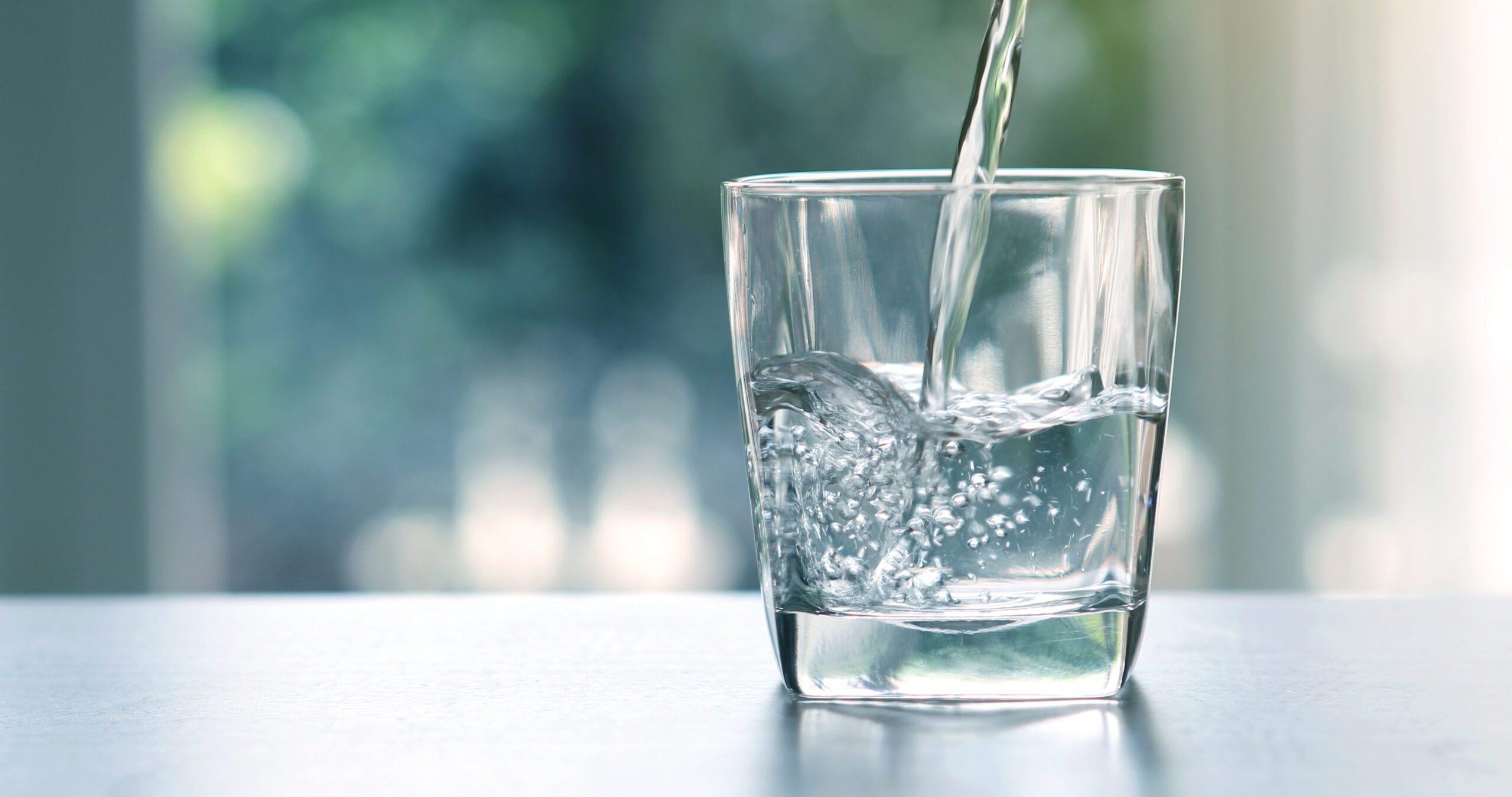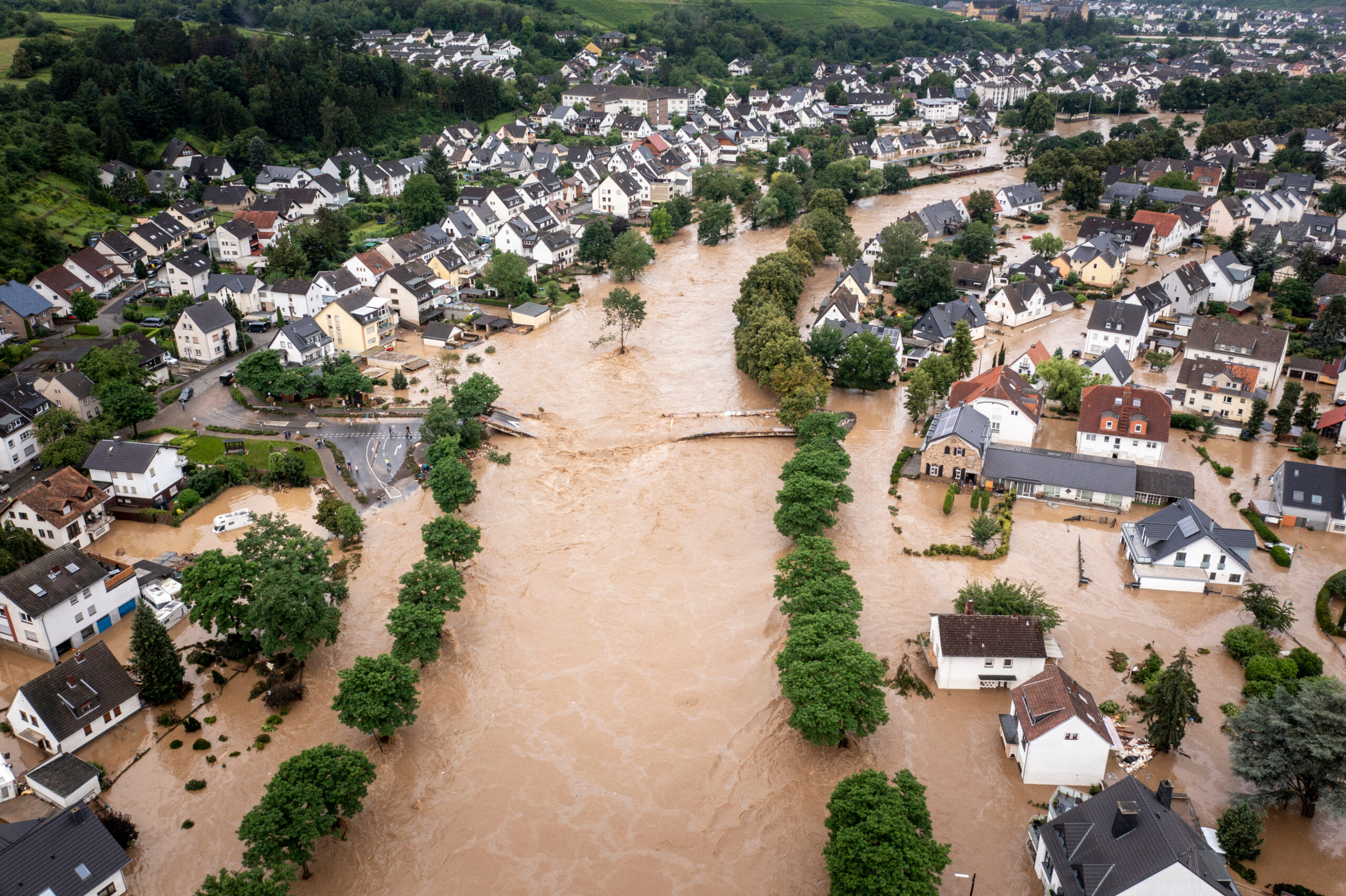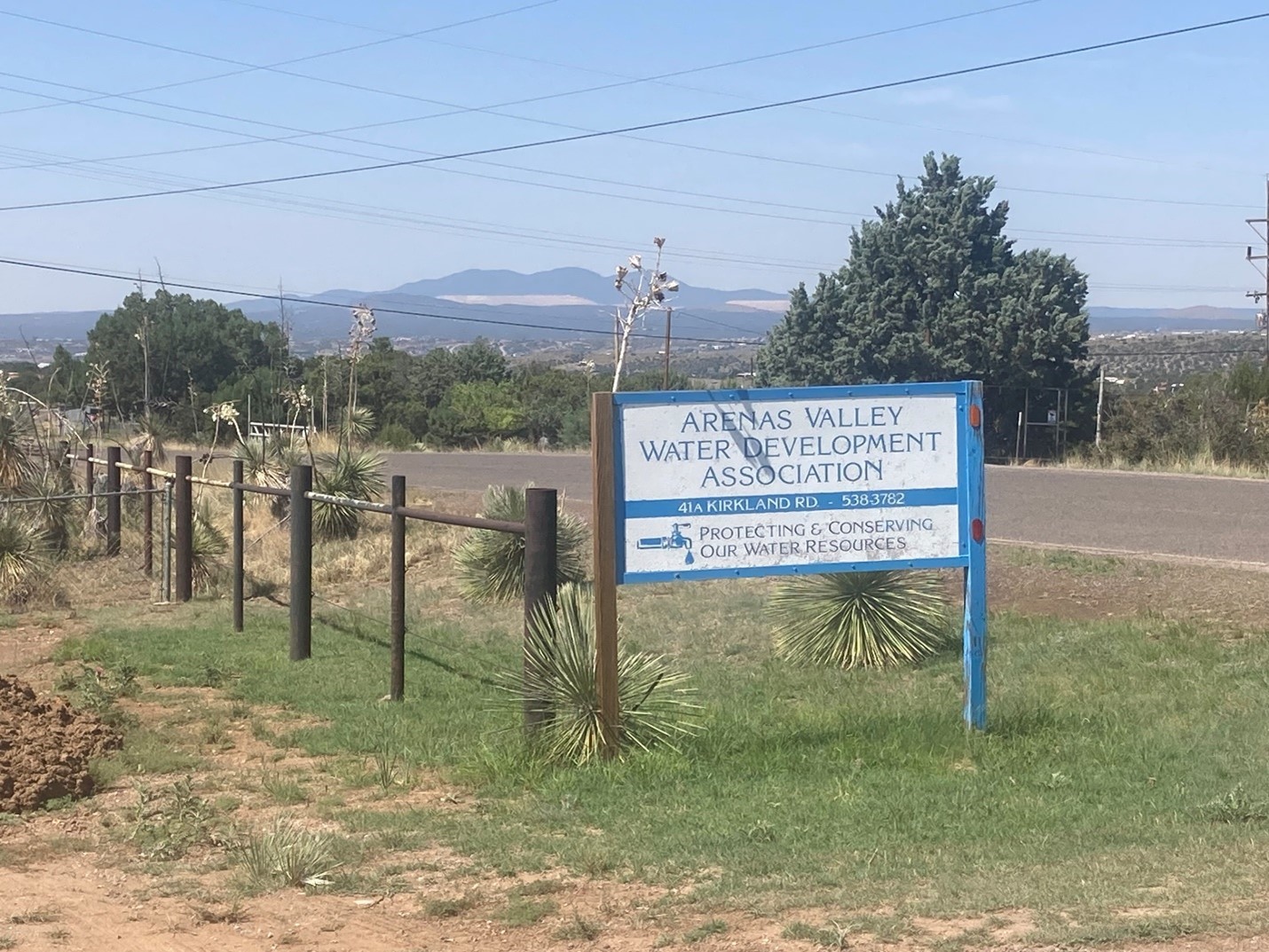Complying with the U.S. EPA’s Lead and Copper Rule Improvements (LCRI)
Drinking Water
As the U.S. Environmental Protection Agency (EPA) works to strengthen drinking water regulations throughout our country, utility operators and managers are overwhelmed with the daunting task of determining how they will comply. The EPA has been working to modify the 2021 Lead and Copper Rule Revision (LCRR) to bolster public health protections, reduce complexity, and streamline the implementation process for public water suppliers (PWS). While their intentions are admirable, they have drastically increased the workload for the public water sector. According to a recent survey conducted by the Brookings Institution, “approximately one-third of U.S. drinking water and wastewater operators will be eligible for retirement by 2028.” To further explain the impact this will have on water and wastewater utilities, it is estimated that 85 percent of utilities have three or fewer employees.
In December 2023, the EPA provided an informational webinar inviting stakeholders to review and provide comments back regarding their proposed Lead and Copper Rule Improvements (LCRI). The three main focus areas of the LCRI are to replace the lead service lines, reduce complexity for public health protection, and increase transparency and inform the public. The hot topic contained within the proposed LCRI requires public water systems (PWSs) to remove all lead service lines, as well as galvanized pipes downstream of lead pipes, and pipes of unknown materials within 10 years. This requirement applies regardless of whether the lines have exceeded lead action levels or caused lead exposure or human health impacts. In a recent survey, it is estimated that 9.2 million lead service lines exist in our cities and towns across the country. Additional research has identified an average replacement cost of approximately $4,700 per line. This results in an estimated $43.24 billion is needed to comply with EPA’s LCRI regulation.
One might ask, “How is the federal government supporting EPA’s initiative to reduce lead exposure in drinking water?” In November 2023, the Biden-Harris administration announced a new “Get the Lead Out (GLO) Initiative” to support EPA’s mission of accelerated removal of lead service lines nationwide. The GLO Initiative complements the Bipartisan Infrastructure Law (BIL) that was signed in 2021, providing a historical $50 billion investment in water and wastewater infrastructure. A major component of the BIL’s water investment is to finance the replacement of lead service lines. The law specifically allocates $15 billion for this purpose, with an additional $11.7 billion in general Drinking Water State Revolving Funds that can also be used for lead service line removal.
What does all of this mean for public water suppliers? While there appears to be funding available to help offset the financial burden the LCRI will have on our water sector, a substantial shortfall exists in the human infrastructure required to comply with the LCRI regulation. The Midwest Assistance Program, Inc. (MAP) is assisting utility operators in conducting materials evaluations of their drinking water distribution systems and categorizing these materials following EPA’s guidelines. Once a materials evaluation has been completed, MAP staff is capable of assisting utility operators with lead service line replacement plans, securing funding for the removal of lead components identified throughout the system, and developing a variety of public education materials to adequately inform and encourage homeowners to comply with EPA’s initiative to “Get the Lead Out”!
If you are a utility operator struggling to complete your lead service line inventory, start with a simple survey that can be distributed to your utility customers through a variety of platforms. Provide a mail-in option, a link to your website or social media page, or include a scannable QR code on your utility statement to simplify the survey process. At a minimum, the following questions should be included in your materials survey:
- What type of structure is this?
- Does this structure use any type of water filtering system?
- What is the most common type of plumbing in this structure?
- What is the 2nd most common type of plumbing in this structure?
- What year range was your plumbing installed?
Remember, the time to act is NOW!
This article is funded by EPA under RCAP’s NPA 1 23 – 25 grant.




